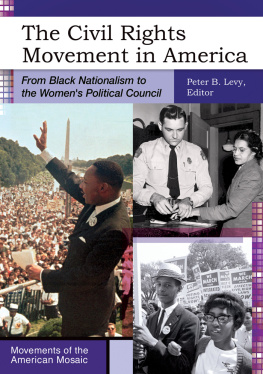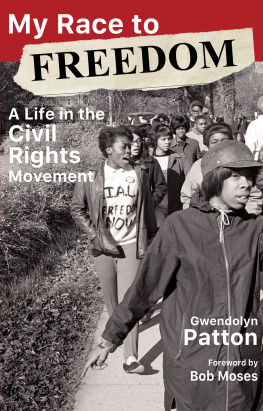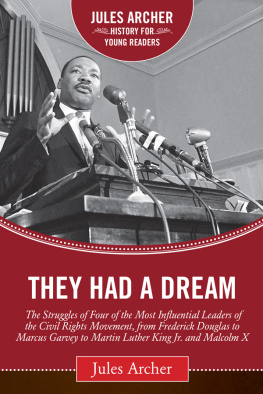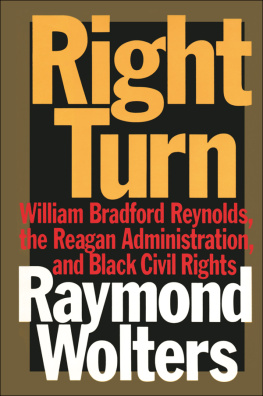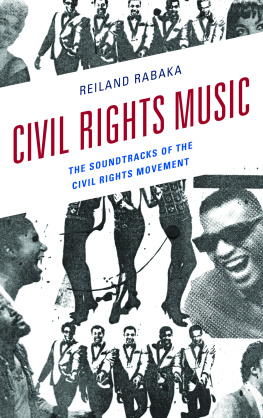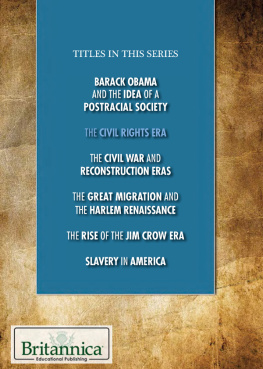Publication of Stars for Freedom was made possible in part by grants from the V Ethel Willis White Endowment, which supports the publication of books on African American history and culture, and the Capell Family Endowed Book Fund, which supports the publication of books that deepen the understanding of social justice through historical, cultural, and environmental studies.
2015 by the University of Washington Press
Printed and bound in the United States of America
Design by Thomas Eykemans
Composed in Chapparal, typeface designed by Carol Twombly
20 19 18 17 16 15 14 9 8 7 6 5 4 3 2 1
All rights reserved. No part of this publication may be reproduced or transmitted in any form or by any means, electronic or mechanical, including photocopy, recording, or any information storage or retrieval system, without permission in writing from the publisher.
UNIVERSITY OF WASHINGTON PRESS
www.washington.edu/uwpress
LIBRARY OF CONGRESS CATALOGING-IN-PUBLICATION DATA
Raymond, Emilie, 1973
Stars for freedom : Hollywood, Black celebrities, and the civil rights movement / Emilie Raymond.
pages cm
Includes bibliographical references and index.
ISBN 978-0-295-99480-2 (hardcover : alk. paper)
1. African American political activistsHistory20th century. 2. African American entertainersPolitical activityHistory20th century. 3. Politics and cultureUnited StatesHistory20th century. 4. African AmericansCivil rightsHistory20th century. 5. United StatesRace relationsHistory20th century. I. Title.
E185.615.R36 2015
323.1196'073dc23
2014046332
The paper used in this publication is acid-free and meets the minimum requirements of American National Standard for Information SciencesPermanence of Paper for Printed Library Materials, ANSI Z39.481984.
ISBN-13: 978-0-295-80607-5 (electronic)
PREFACE
SPEAKING AT THE EVENT ON THE FIFTIETH ANNIVERSARY OF THE March on Washington, the actor Jamie Foxx recognized the singer, actor, and activist Harry Belafonte for his commitment to the civil rights movement. He marched, said Foxx, and he bailed Martin Luther King, Jr., out of jail so he could march. Urging a new wave of celebrity civil rights activism, Foxx beckoned to such contemporaries as the actors Will Smith and Kerry Washington and the musicians Jay Z, Alicia Keys, and Kanye West to pick it up now, so when were eighty-seven years old, talking to other young folks, we can say it was me. While small in numbers, these stars changed the racial climate in Hollywood and helped establish a blueprint for celebrity politics that has only become more significant in contemporary political culture.
That Hollywood celebrities were engaged in the civil rights movement is generally well-known, but few historians have appreciated the degree to which they were involved or the effect they had. In Just My Soul Responding, Brian Ward focuses on R&B artists involvement in the movement and describes the commitment of Hollywood actors and personalities, while in Freedom Sounds, Ingrid Monson highlights the activism of jazz singers and musicians. Both Ward and Monson note that fear of economic or physical reprisals led many celebrities and artists to avoid overt and consistent activism. This book aims to show how the Stars for Freedom, responding to the constraining political and racial environment of Hollywood, contributed to the success of the civil rights movement. It also aligns with those scholars who have emphasized the role of Northerners in civil rights histories.
The Stars for Freedom, as residents of Los Angeles, Chicago, and New Yorkfar removed from the Deep Southdo not fulfill the standard trope of Southern, workaday activists that is emphasized in traditional narratives. Such works highlight dramatic confrontations in the South between nonviolent demonstrators and Southern authorities, such as the Freedom Rides and the Selma campaign, and massive demonstrations such as the March on Washington, in the effort to stop Jim Crow segregation and win voting rights for African Americans. Celebrities assisted at these events, using their gifts as dramatists. However, as the historians Thomas Sugrue and Martha Biondi have pointed out, a Northern network of financial, legal, and spiritual support was just as crucial to the success of the movement, and the Stars for Freedom played a major role in shaping this network. Nevertheless, due to their visibility and influence, they fulfilled important functions that few others could.
The Stars for Freedom served first and foremost as patrons of the movement, raising or contributing from their own pockets hundreds of thousands of dollars. They spearheaded and participated in a creative array of benefit programsfrom film screenings and concerts to comedic acts and house partiesthat generated substantial profits for a number of civil rights organizations. The philosophy behind a benefit was simple: stars drew crowds to a performance, entertaining the spectators while generating profit and publicity for the civil rights organizations sponsoring the program. Further funds could be raised through VIP parties, in which, for an additional fee, program attendees could mingle with the stars before or after the show. Stars also raised money through direct mail campaigns, signing their names to Dear Friend letters that appealed directly to the recipients. Finally, stars frequently wrote sizable personal checks to their favorite civil rights organizations. Sammy Davis, Jr., conventionally and mistakenly regarded as an Uncle Tom, raised the most of any star, establishing his role as the benefactor of the movement. This money was crucial in sustaining the civil rights movement. The costs associated with lawsuits and demonstrations, as well as maintaining administrative offices, were enormous, and most civil rights organizations struggled to balance their accounts and pay their administrative staffs. For activists in the Deep South, an infusion of cash could literally mean the difference between life and death.
Stars also played a significant strategic role in the civil rights movement. Several meetings took place in stars homes, most frequently in the New York apartment of Belafonte, who had a close relationship with King and was the chief strategist of the Leading Six. Celebrities deliberated with activists about where, when, and how demonstrations should proceed, and discussed how they, as stars, could participate. Most commonly, their role was to raise a substantial sum of money before an event, both underwriting an otherwise improbable march, demonstration, or campaign and helping to stage it. Sometimes celebrities used their clout to pull strings with the politically powerful, as both Sammy Davis, Jr., and Belafonte did with John and Robert Kennedy, or to bring together disparate individuals within the movement. Ossie Davis and Ruby Dee acted as important intermediaries between mainstream organizations and the radicals Malcolm X and the Black Panthers, serving as important facilitators in the movement. Stars could also play a valuable role in attracting the sympathies and financial contributions of white Americans. King considered white support crucial to the success of the movement, and in instances in which he felt that sentiments might be tenuous, he counted on stars who had already been successful in winning over white audiences for assistance.
Celebrities also drew publicity to issues and events. By virtue of their star stature, celebrities could attract the media to stories that they might not have found interesting otherwise. For example, Gregory drew attention to school desegregation efforts and voter registration campaigns by purposefully getting arrested and going to jail. Such activities made him a virtual field secretary for the movement. Not only could stars attract attention, but it was generally favorable, a factor that should not be overlooked. Civil rights organizations continually struggled to publicize their messages and all too often found themselves at the mercy of the media, being pummeled by negative and inaccurate journalism, particularly in the South. The media gave stars a wide berth. They could directly attack racism using language that would have created ire if delivered by a workaday activist. One leading activist said of Gregory, We usually asked him to come in when things were getting too much out of control, because he could say the same things that everybody else was saying, but it kind of lessened the tension in terms of his performance and his political jokes.



